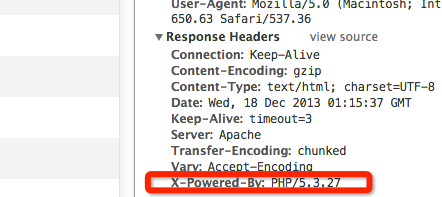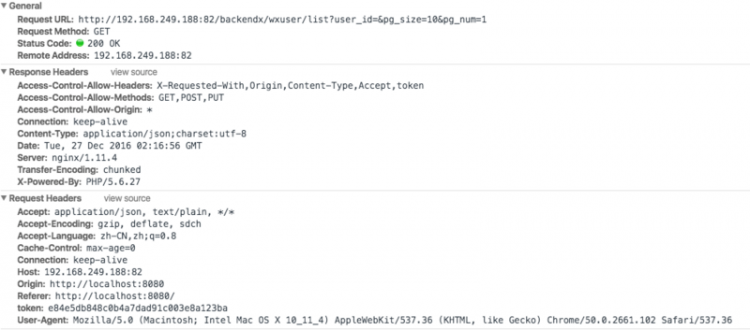gin怎么写个简单的中间件

gin 写个简单中间件,直接上例子:
func GinServer() {engine := gin.Default()
engine.Use(TestMiddleware)
engine.GET("/", func(context *gin.Context) {
context.JSON(http.StatusOK, "test")
})
engine.Run(":8080")
}
func TestMiddleware(context *gin.Context) {
fmt.Println("这是一个简单的中间件")
}
这个例子最主要的方法是Use,看下Use方法
// Use attaches a global middleware to the router. ie. the middleware attached though Use() will be// included in the handlers chain for every single request. Even 404, 405, static files...
// For example, this is the right place for a logger or error management middleware.
func (engine *Engine) Use(middleware ...HandlerFunc) IRoutes {
engine.RouterGroup.Use(middleware...)
engine.rebuild404Handlers()
engine.rebuild405Handlers()
return engine
}
在Use中添加中间件是作用于路由上,并且Use接受参数是一个HandlerFunc 切片,可以添加多个中间件,组成一个 chain,所以在添加中间件的时候也要主要顺序。不同的路由组也可以添加不同的中间件,这点上gin很灵活的处理了路由。如下代码,在不同的路由组中定义不用中间件:
v1 := engine.Group("v1/")v1.Use(TestMiddleware1)
{
v1.GET("ping", func(context *gin.Context) {
context.String(http.StatusOK,"成功")
})
}
v2 := engine.Group("v2/")
v2.Use(TestMiddleware3)
{
v2.GET("ping", func(context *gin.Context) {
context.String(http.StatusOK,"成功1")
})
}
gin的路由组概念在写api 的时候非常的灵活。
以上是 gin怎么写个简单的中间件 的全部内容, 来源链接: utcz.com/z/519057.html









